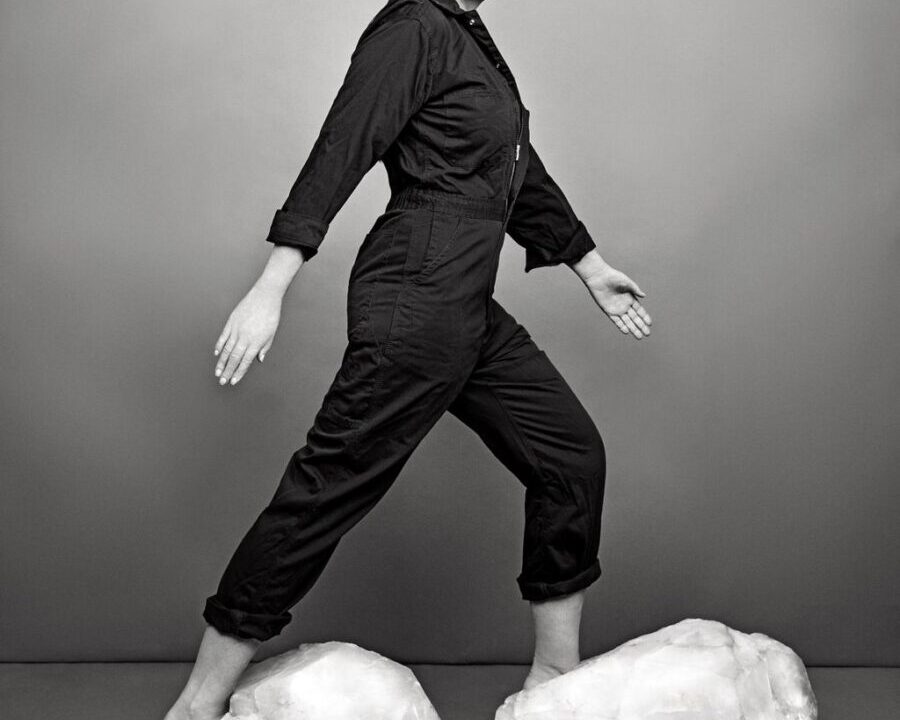The Rise of Louis Vuitton and His Leading Luxury Brand
Louis Vuitton is a legend when it comes to fashion design and running a successful business. Born in August 1821, Vuitton became a French designer and was the founder of the Louis Vuitton leather goods brand that is currently owned by LVMH. Before becoming the renowned designer that he is known as, Vuitton was once a trunk maker for Empress Eugenie de Montijo, the wife of Napoleon III.
The Humble Beginnings of Louis Vuitton
Louis Vuitton was born into a family of farmers, artisans, and carpenters. At ten years old, his mother died, and soon after, his father passed away. Due to a challenging relationship involving his adoptive stepmother, Vuitton left his birthplace in Anchay, France, in 1835.
After some time, Vuitton made his way to Paris. He arrived in 1837, in the middle of the Industrial Revolution, and became an apprentice to Monsieur Marechal, a man known for his skills in trunk making and packing. It only took a few years for Vuitton to gain a positive reputation among the most fashionable individuals in Paris as an expert in the craft.
When the French Empire was reestablished under Napoleon III, a position as a trunk maker for the Empress of France was offered to Vuitton. This position gave the man the opportunity to meet and network with other royal and elite clients whom Vuitton would work with over the course of his career.
The Establishment of Vuitton’s Own Operation
At 33 years old, in 1854, Vuitton married Clemence-Emilie Parriaux. Not long after the marriage took place, he left Marechal’s establishment and introduced his own packing and trunk making business in Paris. Four years later, Vuitton was inspired by H.J. Cave & Sons and introduced a rectangular canvas trunk that was a significant innovation in a market that contained only leather trunks with rounded tops.
There was a massive demand for Vuitton’s lightweight, durable designs that led to expansion into a more extensive workshop in Asnieres-sur-Seine. The initial pattern of the canvas embedded with shellac was called “Damier.” Vuitton is also noted as designing the world’s first pick-proof lock. His lock patterns were hidden safely in his workrooms and listed the owner’s name in case a new key was required.
Due to the Franco-Prussian War in 1871, demand for Vuitton’s wares fell dramatically, and his workshop was left in disrepair. His staff left, and most of his supplies were pilfered. Vuitton immediately rebuilt and created a new shop near a prominent jockey club in the middle of Paris. A year later, Vuitton came out with a new line of luggage featuring a red stripe and beige monograms that would become his signature even after he died in 1892.
Vuitton’s Legacy Continues Beyond His Death
When Louis Vuitton passed away, his son Georges became the head of the luxury house. Louis’s passing led to a change of print on the luggage, and Georges honored his father by creating the LV monogram that is a symbol of Louis Vuitton products today. Georges successfully ran the business, and his new monogram became a claim to fame among the elite. This was around the same time that the brand was noticed by none other than Gabrielle Chanel.
In 1925, a dome-shaped bag for personal use was created exclusively for Chanel. In 1934, she allowed the brand to produce the bag for the market. It was designed to be streamlined and compact for everyday use. Due to its success, the Louis Vuitton line expanded to include several small handbags of various materials.
Georges died in 1936, and his son, Gaston-Louis Vuitton, took over the fashion house. He was at the helm for 50 years and started using leather in the products. At this time, the monogram was also altered to use in various styles. After Gaston-Louis died, his son-in-law Henry Racamier took over the company’s management. He realized the need to open retail locations around the globe, and the company became publicly traded in 1984.
Since Louis Vuitton was the top company for luxury goods, it aligned itself with leading makers of cognac and champagne, Hennessy and Moet en Chandon to create the LVMH conglomerate in the late 1980s. This would be one of the largest events in the company’s history and a supreme power more for the fashion house.
Louis Vuitton in the 90s and Beyond
In the 1990s, Yves Carcelle was made president of the company and would later make huge decisions by creating innovative renditions of staple items and collaborating with other brands. On the Damier print’s 100th anniversary, a limited-edition version made of vachetta leather was introduced.
Another pivotal moment occurred in 1997 when Marc Jacobs was named the company’s creative director. He introduced the Monogram Vernis handbags and worked with Stephen Sprouse in 2001 to create a collection with a classic monogram on canvas with neon graffiti. Takashi Murakami worked with Louis Vuitton in 2003 to create a standard monogram in 33 colors on a white or black background.
Marc Jacobs stepped down from his position in 2013 to focus on his own projects, and Nicolas Ghesquiere was made the Artistic Director for Women’s Fashion. As a former employee of Balenciaga, he challenged the tame and classic aesthetic of the line and added flair that would appeal to younger individuals. The handbag line grew exponentially with several limited-edition offerings each year.
Since 2018, Virgil Abloh has been working at the company as the men’s creative director and has added many accessories for men. He has also created new products that appeal to both women and men, something that was rare since Louis Vuitton came onto the world stage. With both of these men heading the house, the limits seem to have all but disappeared.
If art enthusiasts would like to add pieces from this artist to their collections, they may be found at times in auctions held at some of the top auction houses in Dania Beach, FL.
Selling the Works by Louis Vuitton
Do you have works by Louis Vuitton that you are interested in selling, appraising, or consigning? Call Joshua Kodner today, and ensure you receive the true value of your property.





